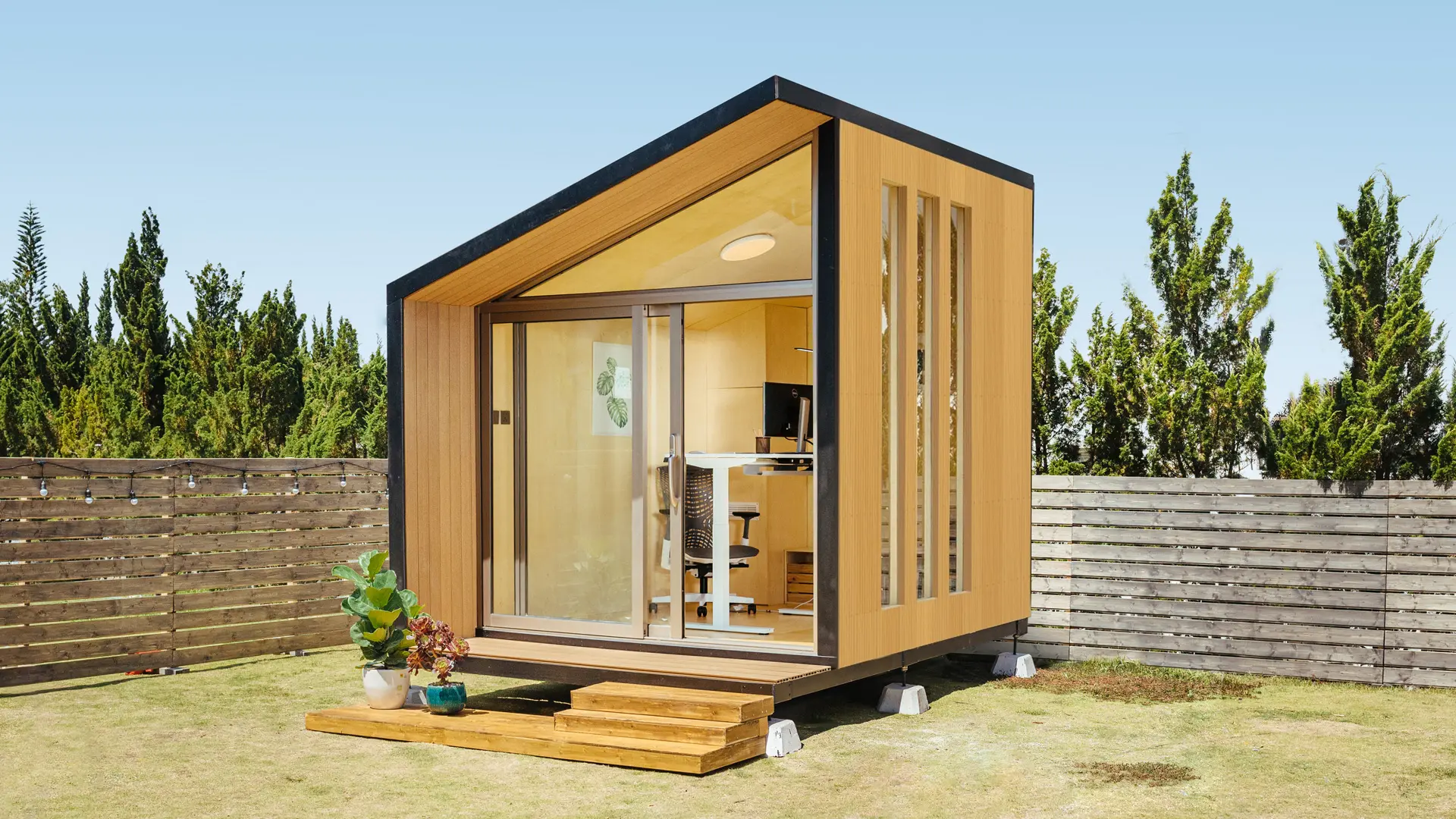- Newest
- Most viewed
Interested in a Link Placement?

How to Lose Weight While Working: Ways to Stay Active at Work
Struggling to lose weight while working? Discover easy ways to stay active at your desk, from using a standing desk to meal prepping and tracking calories.
Work Wellness | Mar 12, 2025 505 views

Autonomous ErgoChair Pro vs. Branch Ergonomic Chair Pro
Smart Products | Mar 11, 2025 680 views

10x12 Office Shed: The Perfect Backyard Workspace for Productivity
Workplace Inspiration | Mar 5, 2025 1,180 views

Best St. Patrick’s Day Office Gifts to Bring Luck and Cheer to the Workplace
Latest Updates | Mar 6, 2025 454 views

St. Patrick’s Day Office Furniture Sale 2025
Latest Updates | Mar 4, 2025 539 views

Prefab ADU in Virginia: Regulations & Smart Alternatives
Workplace Inspiration | Feb 27, 2025 1,376 views

Best Coworking Spaces in Dallas for Remote Workers
Remote Working | Feb 26, 2025 1,362 views

ADU Tax Deductions in California
Workplace Inspiration | Feb 25, 2025 1,435 views

Legalizing Unpermitted ADUs in California & WorkPod Solutions
Workplace Inspiration | Feb 24, 2025 1,304 views
.webp)
How to Build a Coworking Space with Gym
Workplace Inspiration | Feb 20, 2025 995 views

King County ADU Regulations: Requirements, Costs & Setbacks
Workplace Inspiration | Feb 20, 2025 2,016 views

The Ultimate Guide to Solar Fans for Sheds
Smart Products | Feb 19, 2025 1,432 views
